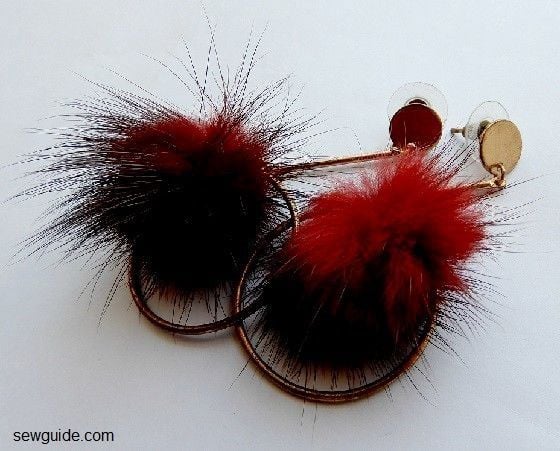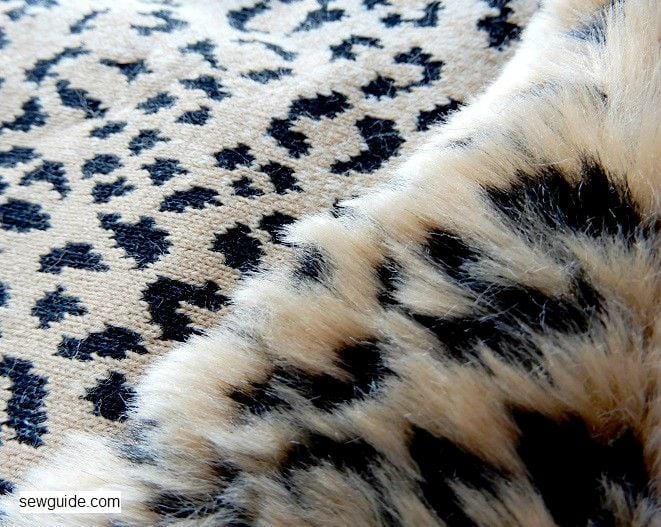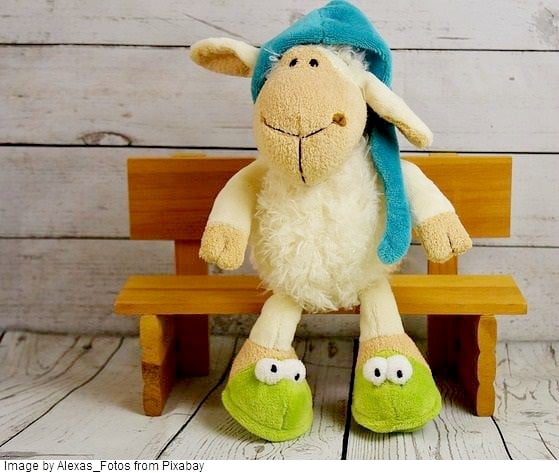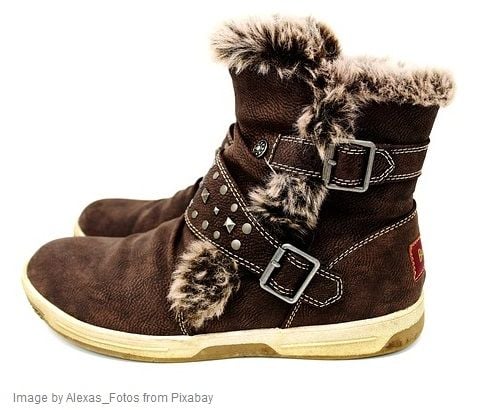I had fun writing that goofy title. But there is nothing funny about Faux fur, as fake fur is famously called. Since real fur is frowned upon, faux fur is big business. It is a million-dollar textile product.
Coats, slippers, scarves, pompoms, accessories like earrings, hats, home furnishing, hoods, hats, earmuffs, stuffed toys – there are many things you can make with faux fur. It is even used for furniture upholstery.
As an animal-friendly alternative to fur fabric, the global market for faux fur is growing at a rapid rate and the demand and supply is about to explode in the coming years; The projected market for faux fur products is about $130 million

Why Faux Fur?
This imitation fur has had immense popularity since its inception in 1920s, what with animal activists raising cudgels against the cruelty and danger of using real fur and the many public awareness campaigns carried out by animal lovers (like Anti-Fur Trade Movement) pointing to faux fur as a better option and many more people choosing this as a budget-friendly option.
It is available in many lengths. Faux fur with short hair includes that of chinchilla, rabbit, baby alpaca, beaver lamp and zebra. Faux fur with medium fur includes mink, bicolor sheep, leopard, poodle. Long-haired faux fur includes Raccoon, Fox, Russian Sable, Tibetan Lamb.
Faux Fur Facts
Now on to the facts on Faux Fur that I promised ( warning – they are not earth shattering, but may make you think)
- Faux fur is made of synthetic fibers. There is nothing natural about it – not the yarn, the fiber or the fabric. Synthetic fibers are made to look exactly like the real fur. It is Acrylic or Modacrylic on polyester base – Completely artificial and man-made.
- Sometimes real fur and fake fur can cost the same. Fur Farms in developing nations make this possible. But people object to Fur for moral reasons. Thinking about the foxes, rabbits, minks, raccoons, dogs that are killed deliberately for making that particular hat or coat should deter you, not the cost. There will be hundreds of such animals killed in fur farms, if wearing fur is not frowned upon. Wearing fur is encouraging and abetting this mass slaughter; it is not the status symbol it once was, but a shame on your conscience.

- Even PETA website acknowledges that it is difficult to distinguish fur from fake fur. But there are ways.
Sewing with faux fur
Things made of fluffy faux fur are considered very stylish. It is also very warm so fake fur is used a great deal for making garments suited for cold weather. Even otherwise it is used as embellishments like using faux fur around the collar or cuffs.
Sewing faux fur is not a big deal – you can sew it up with your regular home sewing machine. No edges to finish, no fraying. Use a sewing machine needle No. 14 and you are set. The only problem is its thickness, which is thankfully manageable with a few tricks.
But it is the cutting that is a problem.
Keep a vacuum at hand – the fur fuzz is going to be everywhere. Another idea is to keep newspaper underneath as you cut – you can throw the paper away after everything is done.
Some handy things to keep nearby when you are cutting and sewing Fake fur include very shap scissors, x-acto/craft-blade, a comb to get it nice and fluffy, a lint brush (and a vacuum cleaner for the floor)
You cannot cut more than one layer of most fake fur at a time. Cutting too many layers will be very taxing for your scissors because of the thickness.
Choose projects with not too many seams – faux fur is bulky . So limit tucks,darts buttonholes, zippers, gathers, ruffles etc.
You need to look at the nap of the fur as you cut. If one sleeve has fur facing down the other should also be cut the same way. You may want to mark on the back of the fabric for clarity.
You cannot mark on the fur side. You can mark on the back of the faux fur and then cut. If you are cutting with scissors, slip the edge of the scissors on the backing and then cut with little snips so that you do not catch any faux fur fibers on the way.
Cut from the back of faux fur – you should only cut the backing.
Cut only through the backing/webbing/knit fabric. Do not cut the fur. Also, ensure that the fur is not in the way – you will accidentally cut off the fur ends – no do. Keep the fur to the inside as you cut. You can avoid this by making small snips and being careful all the way, rather than taking long cuts and regretting later.
To keep many layers of fabric you will usually use pins – but with thick fake fur this may result in the fabric pieces distorting – you can use paper clips instead.
Before you sew, keep the pile down with your hands – ensure that you are not stitching over the fur unnecessarily; this is where clips come of use. Use generously.
No need to hem faux fur garments. Untrimmed fake fur edge looks good enough. But if you want to stitch hem, do the stitching by removing the fur away from the stitching line and then comb the fur over the stitching line to hide it.
Keep the fur out of the way of stitching where necessary – but do not be too zealous that you are distorting the way the pile lays. If the pile is too long, trim them to make way for your stitching. Some even shave off the fur near the seam allowance.

How to care for fake fur
The main issues around fake fur are the matting of the pile, and lack of luster and shrinkage and loss of volume. These are all consequent to wrong washing.
It is better to not give the fake fur for dry cleaning as the solvents used may cause discoloration and distortion of the pile.
The best option is to use gentle hand washing and low to no heat drying, that too if the item gets too dirty. Otherwise it is better to leave it alone.
Do not let the fabric sit in water for long – choose the shortest wash cycle possible in your machine.
Never add Fabric conditioners or bleach.
Always Remember that faux fur is plastic and too much heat can damage the fibers. So tumble drying is out of question. If there is heat the fur will start to shrivel. You can use a low heat blow dryer to dry the item. Drying in a very low or no heat setting can fluff the pile which has matted.
Use a gentle hair brush to brush the pile while still damp can bring the pile to behave. This prevents the tufting of fibers as it dries.
Never iron faux fur.

So Finally….
Is Faux Fur better than real animal fur? – not really, says this article. Some people object to the idea of faux fur as a sustainable alternative because of its plastic origin; but that doesn’t deter most people from buying things made of this or making things with it. Till a suitable environmental friendly sustainable alternative is discovered we continue to use faux fur or imitation fur for its luscious pile, so similar to real fur of animals, or sometimes even better.
Interesting reading on fake fur : History of fake fur
Related posts :How to cut and sew faux fur; Fake fur gilet-sewing tutorial; Faux-fur collar-DIY; Types of fabrics with name.
How to distinguish fake fur and real fur ?
Looking at the back of the fur is a way to tell whether you have fur or fake fur – see if the fluff is attached to skin or a knit fabric/webbing. If it is attached to fabric it is fake fur. See the picture above. You can also use a fabric burn test – if the fiber when burnt smells synthetic, it is fake. If it smells like burning hair it is fur.
You get Faux Fur yarn for knitting and the fabric this yarn makes is luxurious and beautiful.
